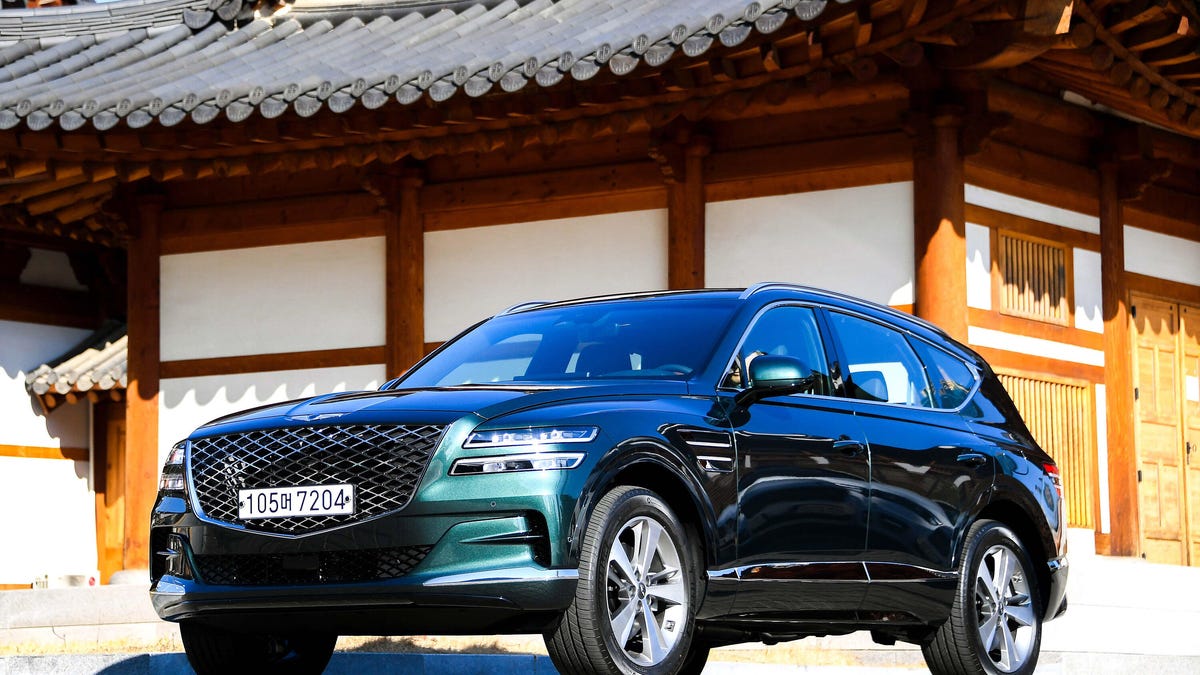Car designers love big wheels, but engineers hate them
Offering big dubs come with a laundry list of challenges.
The Genesis GV80 is the first Hyundai Motor Group product to offer 22-inch wheels from the factory. Designers love putting the biggest rollers they can on vehicles, but this style-first approach can lead to numerous engineering problems.
Speaking at a media roundtable following the GV80's official reveal in Seoul, South Korea last week, Albert Biermann, president and head of the research and development division at the Hyundai Motor Group, explained designers face tons of hurdles implementing wheels of this size. "How much time do you have?" He jokingly said when asked to explain.
"It's quite a job to manage these big wheels because the outside diameter is really huge," Biermann said. "And to control those wheels, especially in Korean driving here with all these speedbumps and potholes and everything, that's quite a job."
Something called unsprung mass is the enemy. This is mass that is not supported by a vehicle's springs. It includes various braking components, suspension parts, hubs and, of course, wheels. The more unsprung mass a vehicle has, the more challenging it is for engineers.
The GV80 might not look as good with smaller wheels, but it'll definitely ride better.
Since larger wheels are heavier, their movement is harder to control. Biermann said you can soften a vehicle's suspension to compensate and give a smoother ride, but if you go too far, there will not be enough wheel control, which is bad for handling. "So, you have to play this game where you have to find the right balance between very smooth body control but still have enough wheel control," he noted. "And with these big wheels that's quite a challenge."
After a brief stint in the GV80's driver's seat, I can attest the ride quality is smooth, though not quite as creamy as I expected. You sense a lot of mass moving around underneath your feet while traversing bumps or broken pavement.
The vehicle I drove was a Korean-spec model, tailored for a country full of speed bumps, Biermann said. The chassis tuning will be different for other countries -- unique for the US or Australia, for instance. "It will be [a] very nice, balanced car. It will drive differently from what you drive today," he said.
When asked about the GV80's suspension tuning for American roads, Bierman said, "I wouldn't call it stiffer. It has, maybe more body control." He noted it will be on the "refreshing side" compared to the Korean tuning. Also, don't expect fancy magnetic dampers or an air-suspension system in this Genesis SUV. "We are really happy with steel springs," said Biermann, a simpler and likely far less expensive solution.


